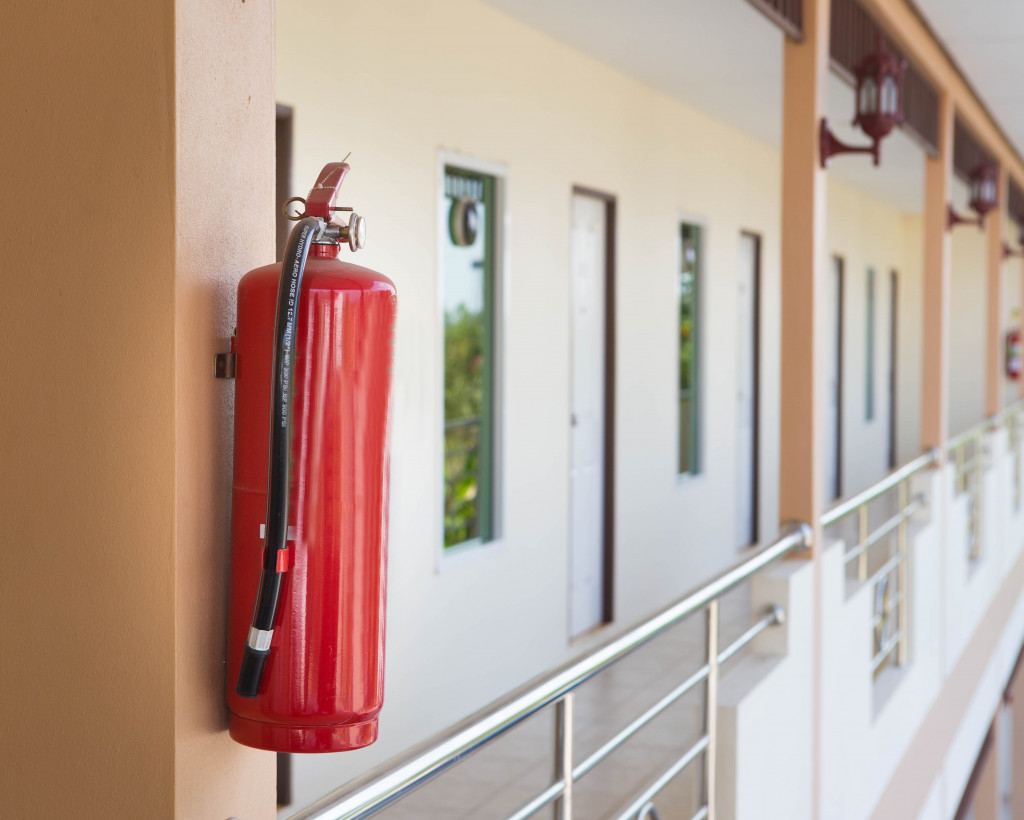Fires that occur in industrial and commercial warehouses are a unique challenge to industries that run them. The complex layout of today’s warehouses inadvertently encourages the rapid spread of fire, making it harder for fire-fighting efforts to succeed 100% of the time. The National Fire Protection Association(NFPA) records an average of 1,410 warehouse fires yearly, with damages amounting to $159.4 million. Unfortunately, the damages aren’t limited to profit loss; lives are also lost.
Today, warehouses have adopted new technologies, evolving to state-of-the-art distribution centres and storage facilities. And while various government agencies enforce new and updated fire safety regulations, little has changed to improve the threat of fire. It remains a problem here and abroad, affecting a wide range of industries.
While no single solution can solve the problem, businesses need to develop their own fire safety plan and minimize their reliance on government measures. Several strategies can be adopted to minimize the risk of fire in a warehouse. If you are a safety engineer, warehouse manager, building owner, or business owner, these tips can help.
Install Automatic Fire Alarm and Detection Systems
Detecting a fire has started, and its location is foremost a crucial factor in minimizing fires’ damage. Different kinds of detection systems use rising temperatures, flames, and smoke to determine the presence of fire.
UV detectors are only effective in detecting the combustion of flammable liquids and flames in the first instance of fire. On the other hand, thermal detectors are more suited to warehouses that reach up to six meters high. Whether aspirating or optical, smoke detectors are by far the most effective detection system any warehouse can have.
When these detection systems work, they simultaneously activate the fire alarm system, alerting all warehouse occupants.
Develop an Emergency Evacuation Plan
An emergency evacuation plan includes an evacuation alert system in place. It informs occupants of a warehouse that there is a fire and that they need to leave the premises without panic. Directions are announced as to where people can exit a warehouse.
In the cases of warehouses that have divisions or multiple levels, evacuation systems work by alerting occupants per area or level instead of the usual alert system for an entire building. An evacuation system also includes smoke protection systems that are activated to prevent smoke from spreading. For example, an elevator smoke protective curtain covers the opening of an elevator to stop smoke from spreading to other areas. It’s a useful system that helps save lives. Smoke inhalation is one of the main reasons why people are left in buildings on fire.
Install Automatic Firefighting Systems

Sprinklers are automatic firefighting systems consisting of a network of water pipes with discharge nozzles. They are distributed throughout a warehouse with the number of nozzles regulated by the Occupational Safety and Health Administration (OSHA).
Sprinklers are covered by heat-sensitive material to keep them close when there is no fire. They are activated only when a particular temperature has been reached and in affected areas only. They should have a deflector plate that can uniformly spray water on affected areas only.
Provide Fire Safety Training for the Staff
Warehouses are high-risk working environments. It’s important to train your workers how to respond to a fire. A half-hour to an hour of training at least twice a year can make a difference to your fire prevention measures.
Fire safety training should include emergency plans and procedures to prevent fires in the workplace. It should also include lessons on the proper protective clothing in the workplace. Fire prevention requirements from the company and OSHA should also be covered in training.
Adhere to Standards Imposed by Regulating Bodies
Industrial and commercial businesses, warehouses, in particular, are required to adhere to government fire safety regulations. Aside from OSHA and NFPA, businesses have to follow local and state fire safety laws. Following all their regulations can significantly improve any facility’s fire safety measures in place. Non-compliance can lead to fines and legal repercussions.
Update Emergency Plans and Procedures
It’s important to have a safe storage facility. Employees are protected, and safe operations are guaranteed. These two must be a top priority when developing fire safety measures and emergency plans. Fires can occur anytime and cannot be completely avoided. There are always risks present.
Conclusion
Therefore, prevention and design play a major role in minimizing the effects and damages caused by smoke, heat, fire, and even water used to put out fires. There should be proactive measures to reach an appropriate level of safety for both products stored and workers. This ultimately prevents losses, ensuring businesses are operating efficiently.




